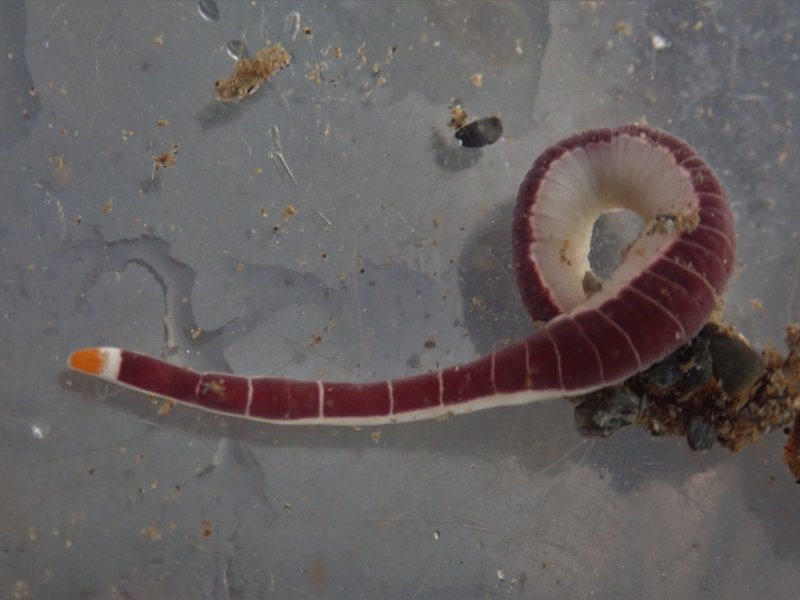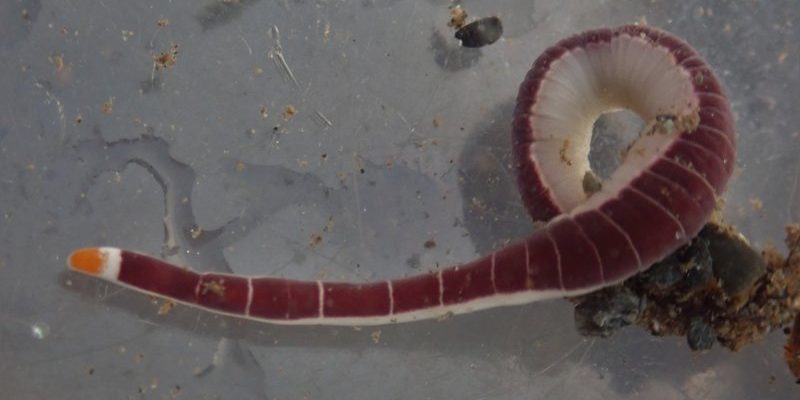
Imagine you’re settling down with a cup of coffee, discussing the magic of capturing nature. Time-lapse techniques can transform the hidden world of ribbon worms into a vibrant spectacle. With a decent camera and a bit of patience, you can record these creatures’ fascinating behaviors. For this, let’s consider using a popular remote—say, a **Canon PowerShot remote**—that allows you to control your shots without disturbing your subjects.
Let’s dive into how you can effectively use time-lapse to capture the movements of these intriguing creatures.
What is Time-Lapse Photography?
Time-lapse photography involves taking a series of photos over a certain period and then playing them back at a faster speed. It’s like watching a flower bloom or the sun setting in just a few seconds. Instead of watching a single frame, you see the evolution of time right before your eyes.
To achieve this, you’ll need to set up your camera on a stable surface, preferably with a tripod. This steadiness is key since you’ll be taking many photos of your ribbon worm in its natural habitat. You might be wondering about the best settings to use—ideally, you’ll want to adjust your camera’s interval settings to capture a shot every few seconds or minutes, depending on how quickly you expect the worm to move.
The excitement here lies in the unexpected. You may end up capturing other elements in the environment, like tiny fish or shifting sands, creating a more dynamic visual narrative.
Choosing the Right Equipment
Selecting your equipment is crucial for capturing high-quality time-lapse footage. A DSLR or mirrorless camera can offer you excellent results, but a smartphone with advanced camera features can work too. Here are some key equipment choices to consider:
- Camera: Look for a model that allows manual settings for exposure and interval shooting. Canon and Nikon are well-known options.
- Tripod: A sturdy tripod will stabilize your camera, ensuring consistent shots over time.
- Remote Trigger: A remote trigger helps to avoid camera shake. The Canon PowerShot remote is an excellent choice for beginners.
You’ll also want to think about lighting. Natural light works best for ribbon worms as they thrive in aquatic environments. However, if you’re filming indoors, supplemental lighting will help capture those vibrant colors.
Setting Up Your Time-Lapse
Now that you’ve got your equipment, it’s time to set up your time-lapse. Start by finding a good location where ribbon worms are active. Look for tide pools, mudflats, or wherever these creatures naturally roam.
Once you’ve found your spot, place your camera on the tripod and frame your shot. You might want the worm to be centered in the frame or to have some surrounding elements for context. When you’re satisfied, configure your camera settings.
Here’s a simple step-by-step:
1. **Set the Interval:** Decide how often you want to take a picture. A shot every 5-10 seconds often works well.
2. **Select Exposure Settings:** Use a low ISO setting to reduce noise, high enough shutter speed to freeze motion, and an appropriate aperture for depth of field.
3. **Start Shooting:** Press the remote trigger and let the camera do the work!
Don’t forget to check in periodically. You may need to reset the position if the tide shifts or if the worms start moving out of frame.
Capturing Ribbon Worm Behavior
While you wait for your time-lapse to unfold, consider the fascinating behaviors of ribbon worms. These creatures can stretch out to great lengths, often retracting quickly when disturbed. Watching this in time-lapse can reveal a lot about their movement patterns and interactions.
You might see them searching for food, burrowing into the sand, or even tangling with other creatures. Remember, patience is key! The longer your camera runs, the more material you’ll have to work with when editing your footage.
Many people might not know that ribbon worms have colors that can range from bright orange to deep blues, depending on their species. This vibrancy comes alive in a time-lapse, adding visual interest to your final product.
Editing Your Time-Lapse Footage
Once you’ve captured your footage, it’s time to bring everything together with some editing. Depending on your skill level, you might choose to use basic editing software or something more advanced.
Here’s how to approach the editing process:
1. **Import Your Footage:** Start by bringing your images into your editing software.
2. **Set Frame Rate:** Configure your timeline to set how fast you want the footage to play. A frame rate of around 24 frames per second often works well.
3. **Add Music or Sound Effects:** Consider layering in calming background music or ambient ocean sounds to enhance the viewing experience.
4. **Export Your Video:** Once satisfied with your edits, export the video in a high-quality format suitable for sharing.
Sharing your time-lapse footage can inspire others to explore marine life. Whether it’s on social media or a personal blog, showing ribbon worms in action can spark curiosity and appreciation for these unique creatures.
Common Challenges and Troubleshooting
While recording ribbon worm movements can be thrilling, there are some common challenges you might face.
First off, lighting can be tricky. If your shots are coming out too dark or overly bright, consider adjusting your exposure settings. A tripod is crucial here—without it, your images might be shaky, leading to a less appealing time-lapse.
If you’re using a Canon PowerShot remote or any other type, you might run into pairing issues. If it doesn’t connect to your camera, try resetting it. Sometimes, all it takes is a quick sync to get everything back in working order.
Lastly, if your worm isn’t moving much, don’t be discouraged! Nature can be unpredictable. Sometimes, it’s better to have a longer shooting period in hopes of capturing that elusive action.
Capturing ribbon worm movement through time-lapse photography is an exciting way to appreciate the often-overlooked wonders of the natural world. With a little patience, the right equipment, and a keen eye for detail, you can create stunning visual stories that showcase these fascinating creatures in their element.
So, grab your camera, set up your time-lapse, and dive into the captivating world of ribbon worms. Who knows what mesmerizing movements and colors you’ll discover? Happy shooting!

